Fort Dade: This Abandoned Town in Florida Has a Unique History
Nestled comfortably at the entrance to Tampa Bay lies the abandoned remains of Fort Dade, a site that not only witnessed but also stood resilient in several conflicts, including World War I, earning it a significant place in history.
As time passed, the town succumbed to erosion and shifting sands, ultimately forcing those living in the region to seek habitation elsewhere. What they left behind has shed light on the daily lives of the men and women once stationed at the fort.
Early History of the Region
Egmont Key is a secluded island at the mouth of Tampa Bay, and its significance as a critical docking point may stretch back to the early Spanish conquistadors who ventured to the New World.
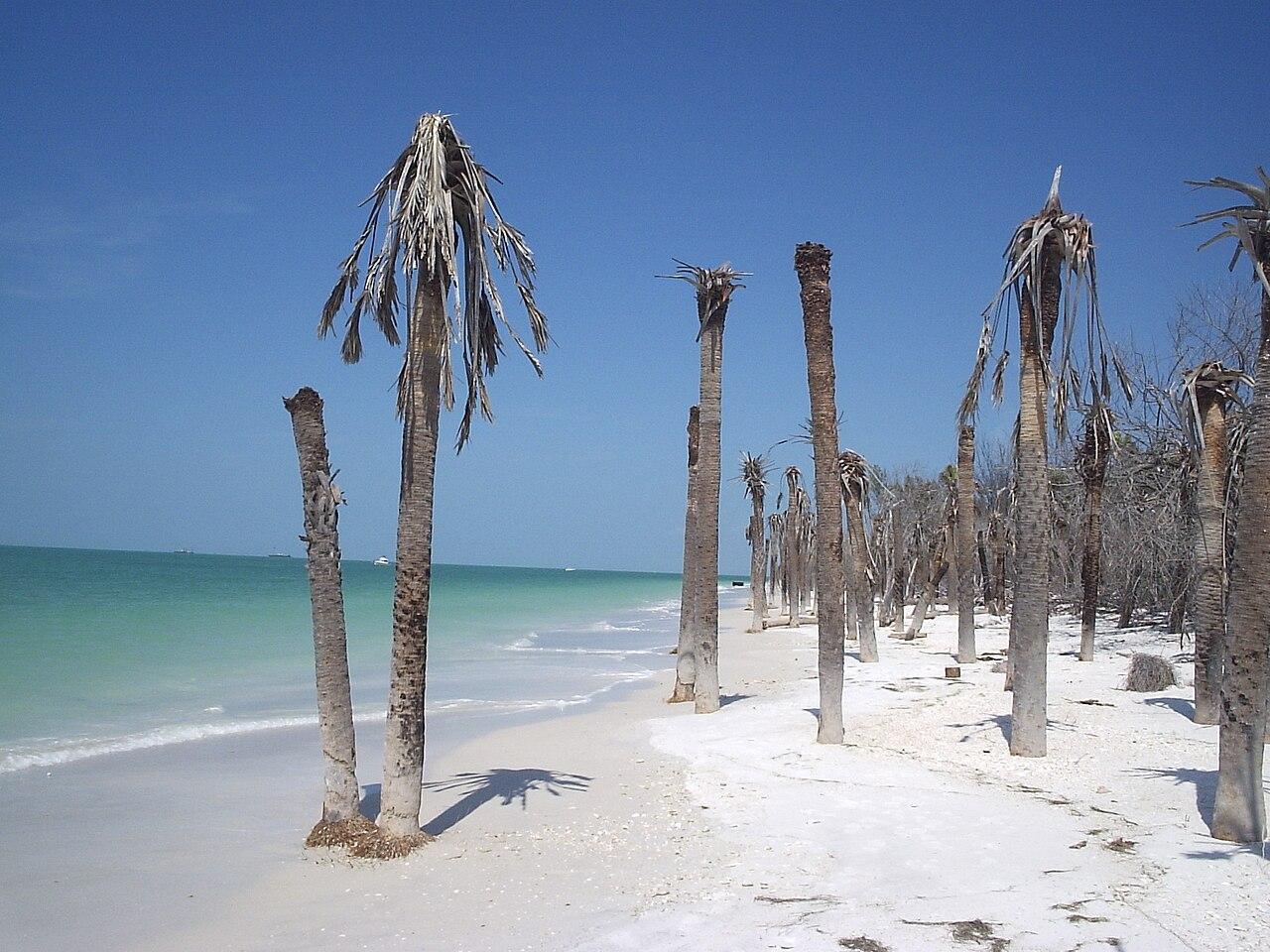
Source: Wikimedia
The small island is named in honor of John Perceval, the second Earl of Egmont, who, in 1763, served as a member of the Irish House of Commons.
The Construction of a Lighthouse
As shipping to this region of the US increased during the 1830s, the necessity for a lighthouse to guide vessels during times of low visibility led Congress to authorize funds for its construction.
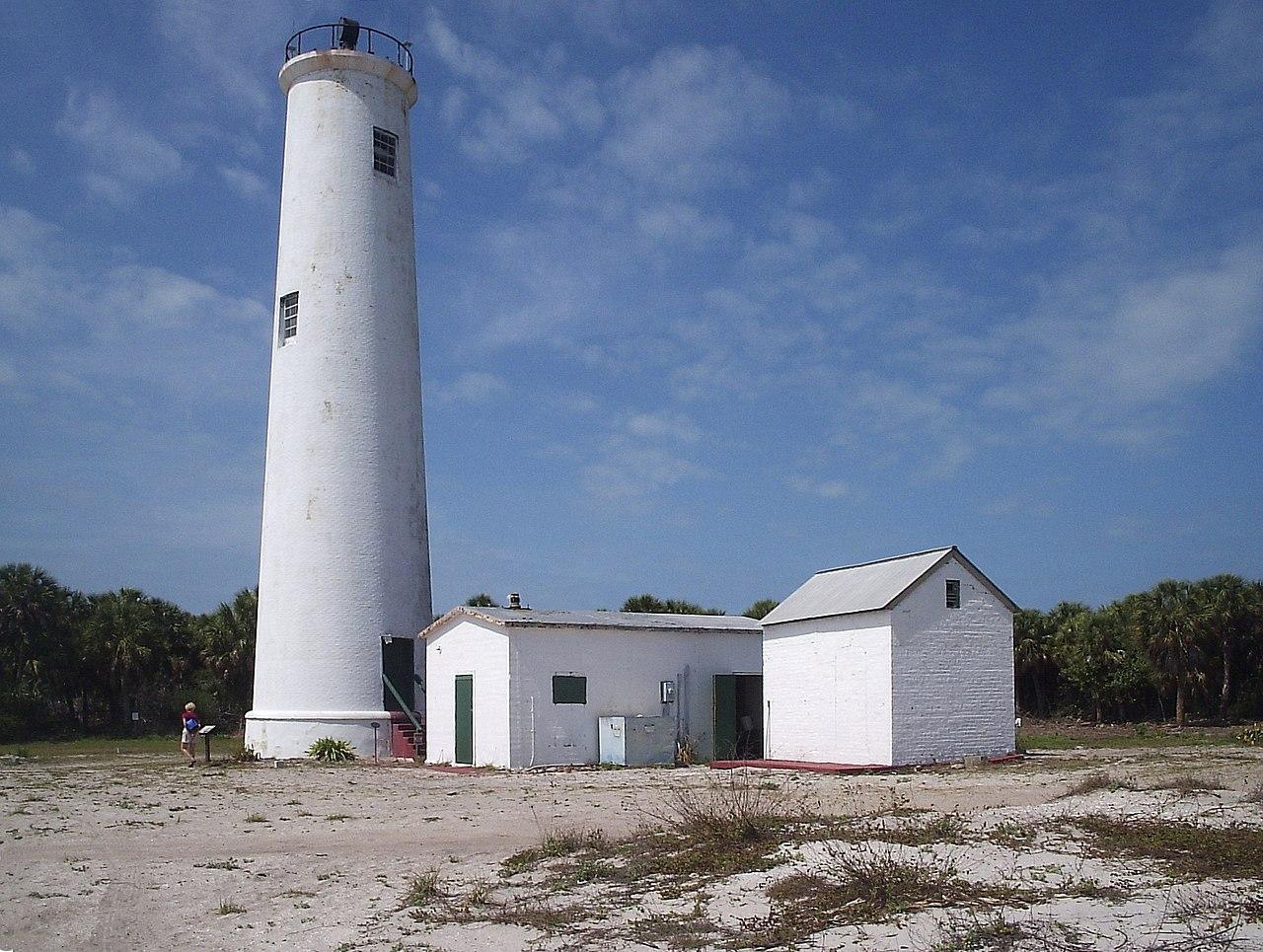
Source: Wikimedia
The lighthouse, commissioned in 1848, saved many ships from being grounded on the sandbars surrounding Egmont Key.
Spanish-American War
In 1898, Fort Dade was constructed on Egmont Key during the Spanish-American war that lasted for several months.
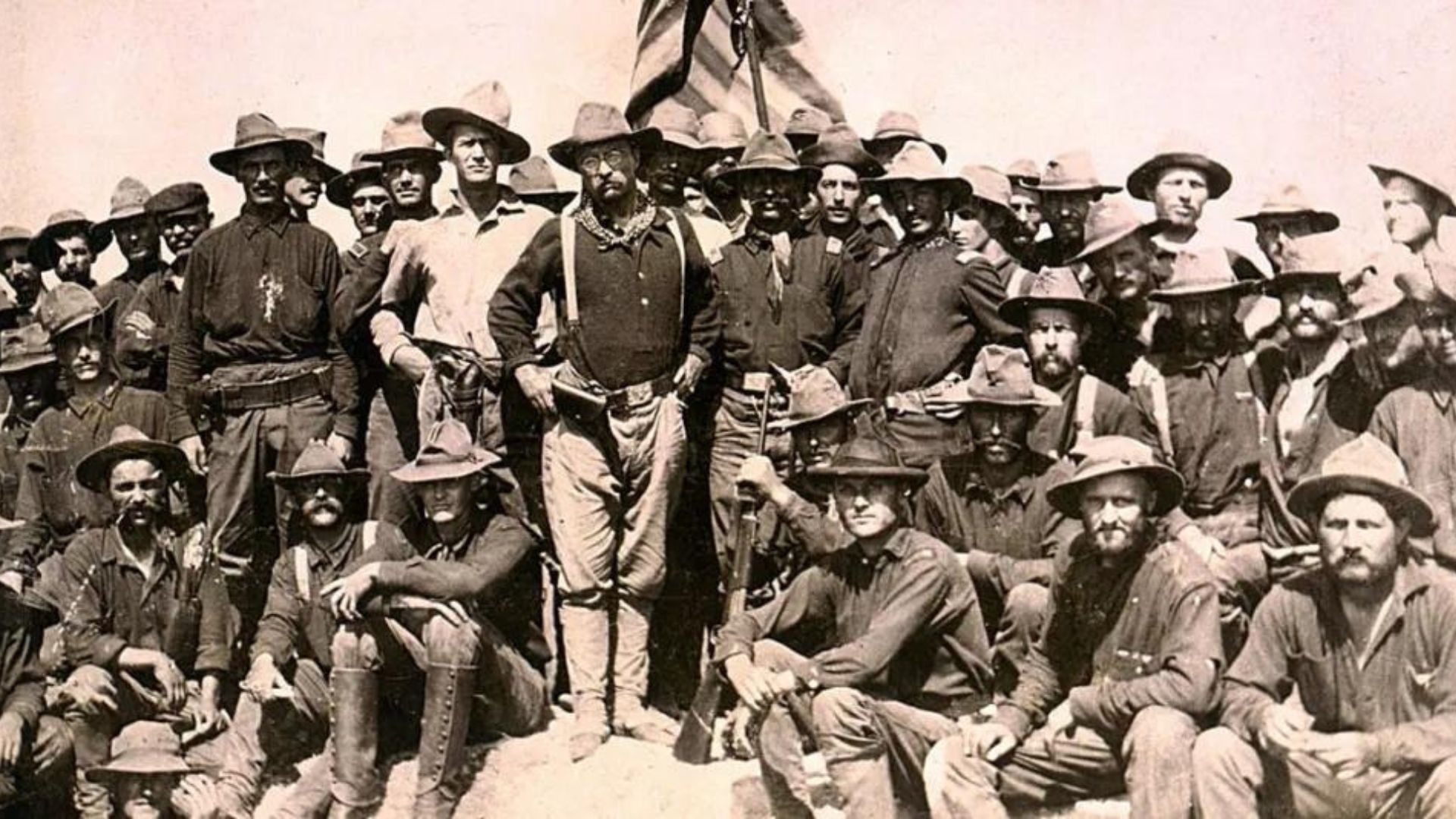
Source: Source: Wikimedia
This was the second time a Fort Dade had been constructed in Florida. The original was built over six decades earlier, in Pasco County, during the height of the Second Seminole War.
Major Francis Langhorne Dade
Fort Dade was named in honor of Major Francis Langhorne Dade, who served in the Second Seminole War.

Source: Wikimedia
The fort at the mouth of Tampa Bay was part of a much larger coastal defense system that aimed to protect the region from various sea-borne threats.
The Importance of Fort Dade
American leaders constructed Fort Dade after Tampa Bay’s importance grew during the end of the 19th century.
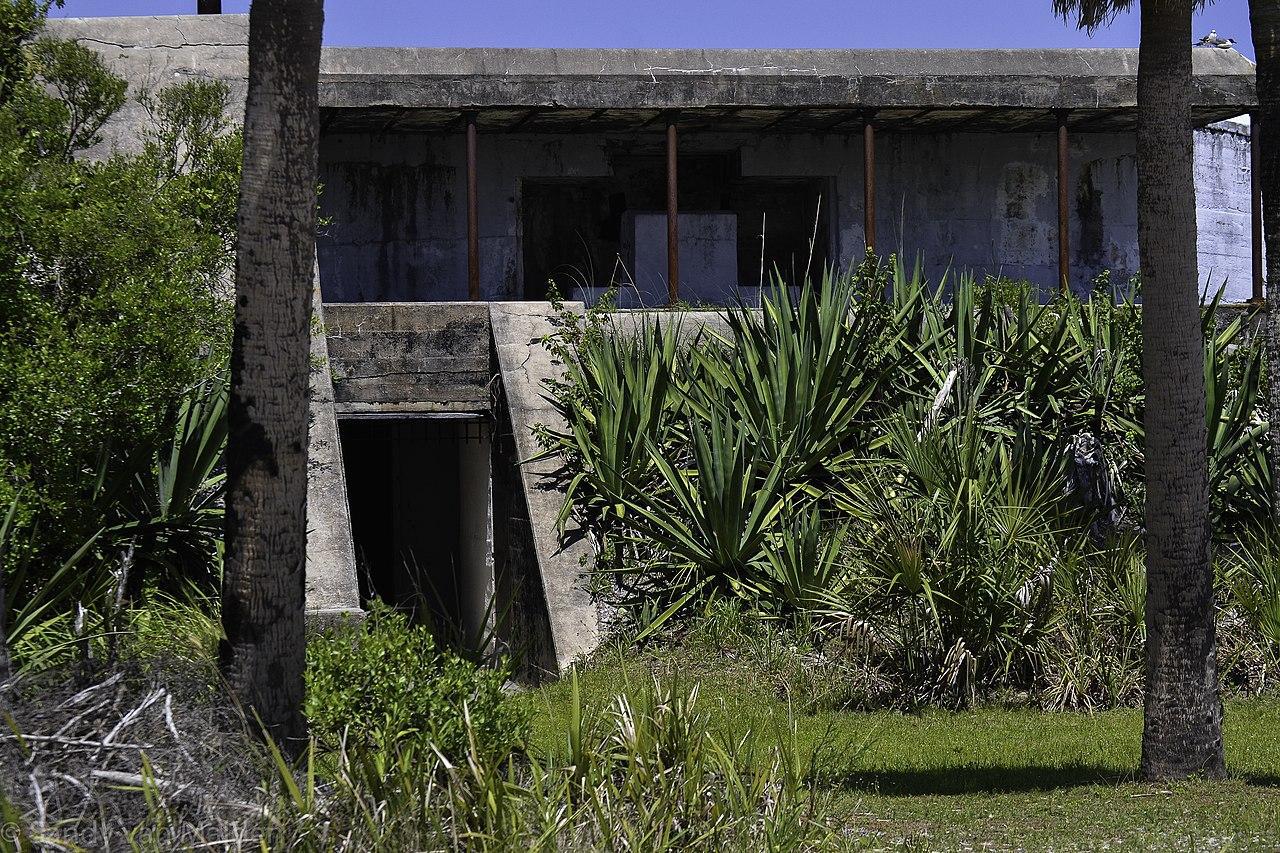
Source: Wikimedia
Fort Dade was both a bustling port and a key geographical location that allowed the US to defend its coastline from external threats. Its unique position, controlling access to the bay, ensured the region’s safety.
Fort Dade Expansion
Fort Dade remained an important location during the early years of the 20th century. It was expanded on several occasions, which led to numerous new structures and an increased number of people living on the island.
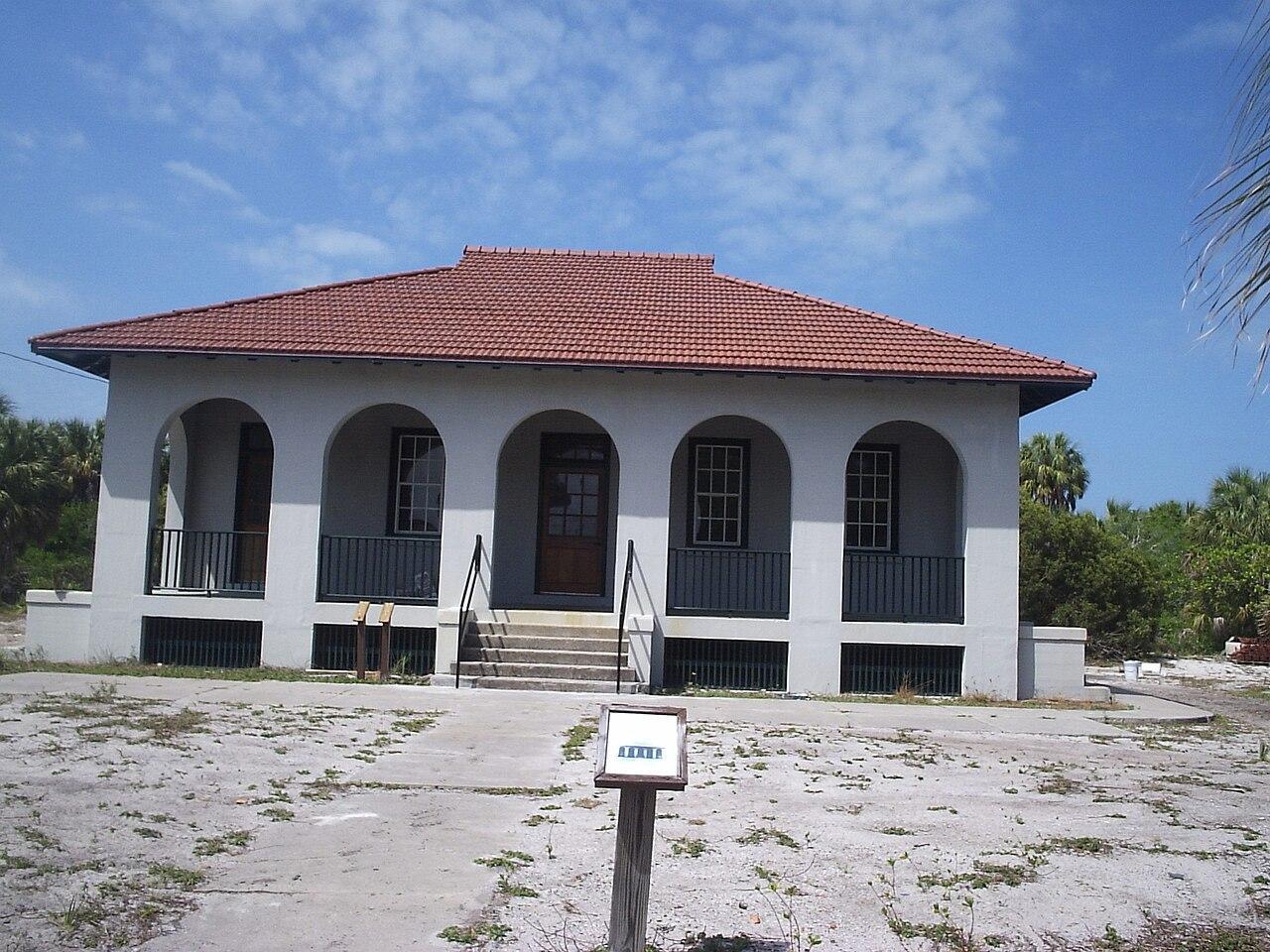
Source: Wikimedia
In 1899, the fort was home to around 150 people. However, by 1910, it was considered a town and boasted a population of over 300.
Fort Dade During WWI
After the United States joined World War 1 in April 1917, Fort Dade became a crucial training center for National Coast Guard Artillery Unit recruits, preparing them for the unique challenges of coastal defense during the war.
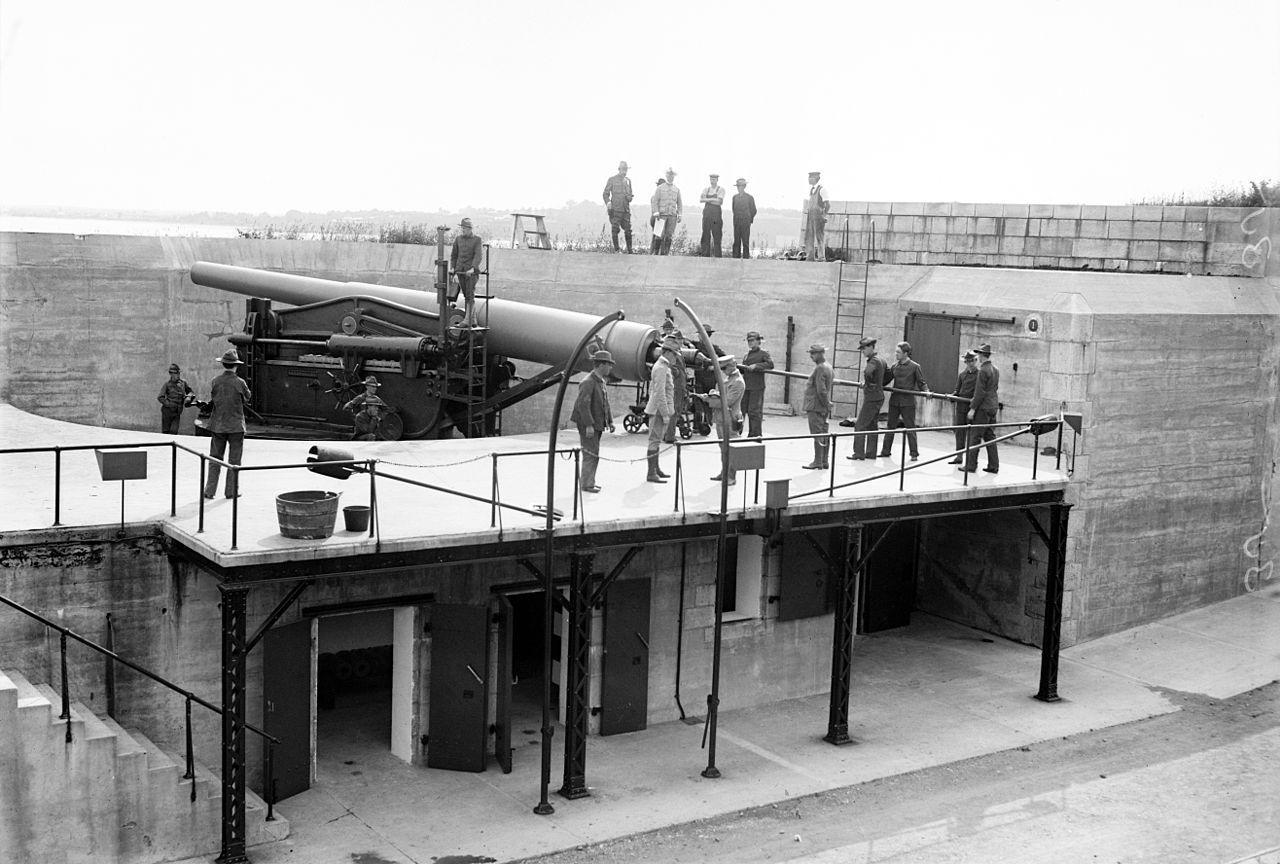
Source: Wikimedia
During the same era, a mine-laying dock was added to the island in the wake of the development of submarine warfare. During this time, the island’s population rose to over 600 people.
Egmont Key’s Fort During World War II
During World War II, Egmont Key was involved in military activities. It served as an entrance to the harbor’s patrol station and was also utilized as a storage facility for ammunition.
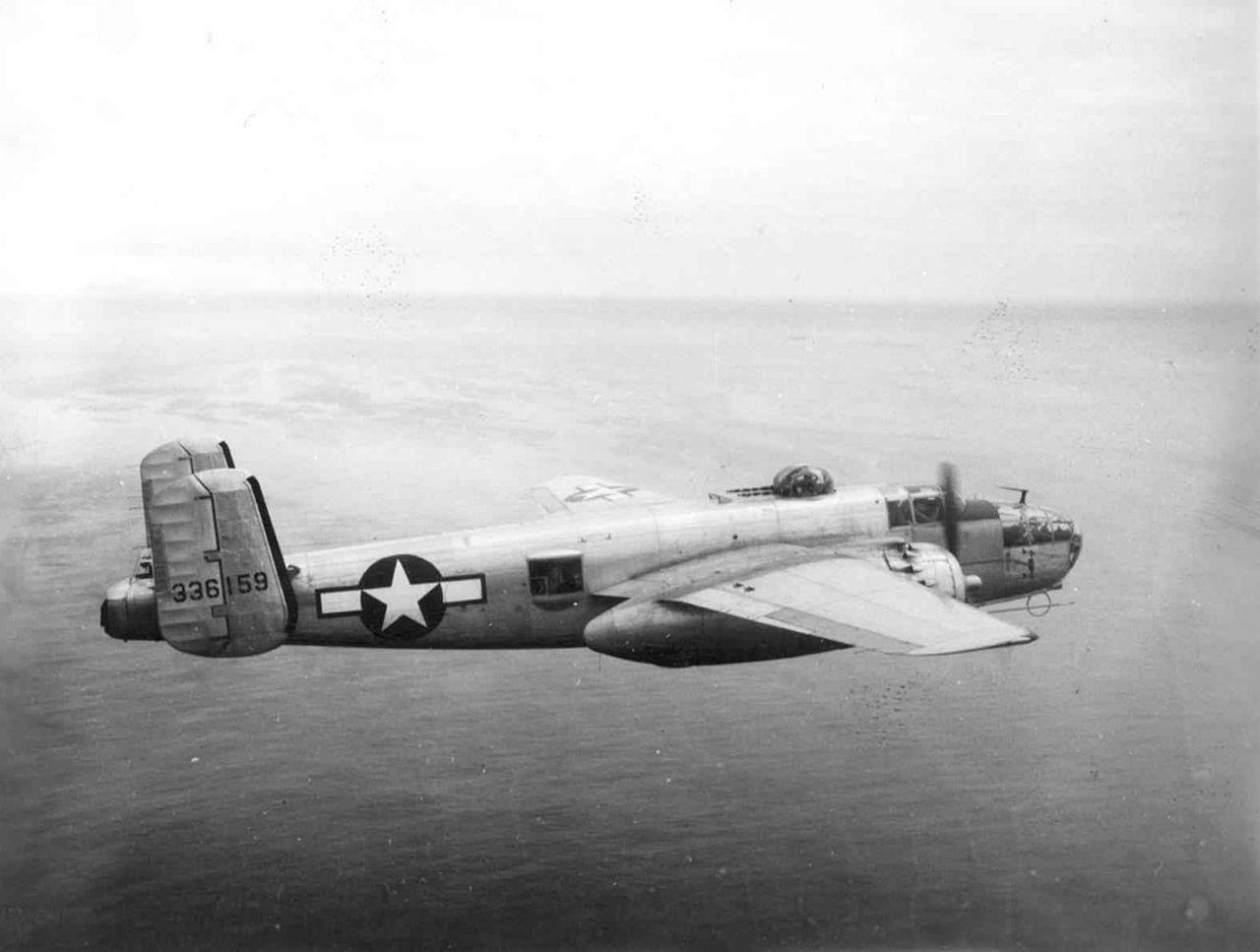
Source: Wikimedia
Following the end of the war, the site was retired and transformed into a wildlife refuge. By 1978, it had been added to the National Register of Historic Places.
Who Looks After Fort Dade Now?
While very little of the original fort remains today, the US Coast Guard, as the primary caretaker, continues to maintain the lighthouse, the island’s dock, and 55 acres at the north end of Egmont Key.
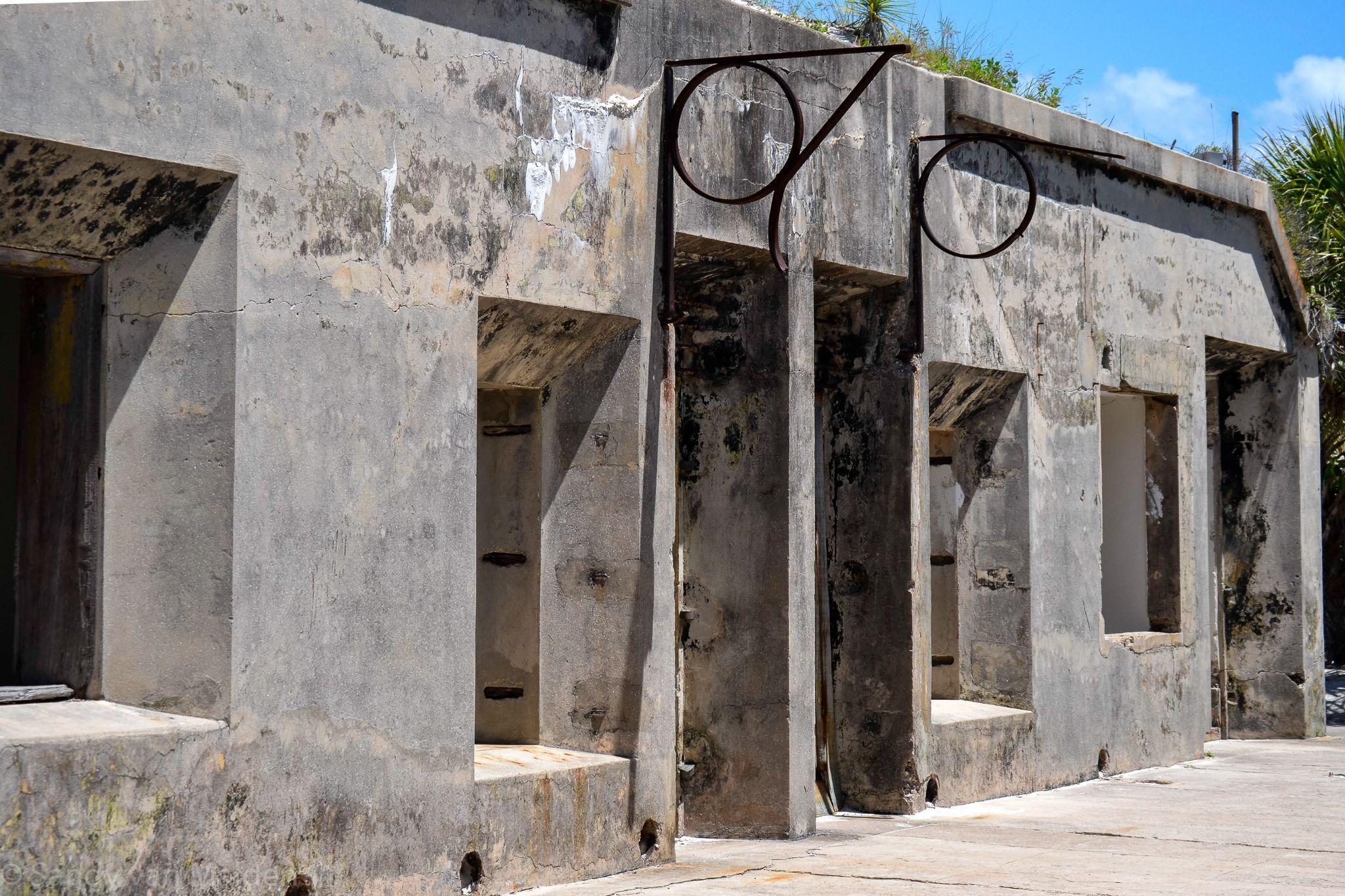
Source: Wikimedia
The U.S. Fish and Wildlife Service manages what remains of Fort Dade’s ruins, and the site is open to visitors.
Why Was Fort Dade Abandoned?
For various reasons, including changes in military strategy and the island’s vulnerability to natural forces, the US military’s presence on the island was slowly reduced over time. By 1923, these factors had made the fort untenable, and it was ultimately abandoned.

Source: Wikimedia
Despite serving as a formidable fort during various wars, the town eventually succumbed to Mother Nature’s relentless attacks. The encroaching tides continued to erode the land close to the fort, making it vulnerable to the elements. Officials had no other choice but to abandon the site.
Historical Significance of Egmond Key
Today, Fort Dade is nothing more than a shadow of its former glory, which served to protect the American people during several wars.
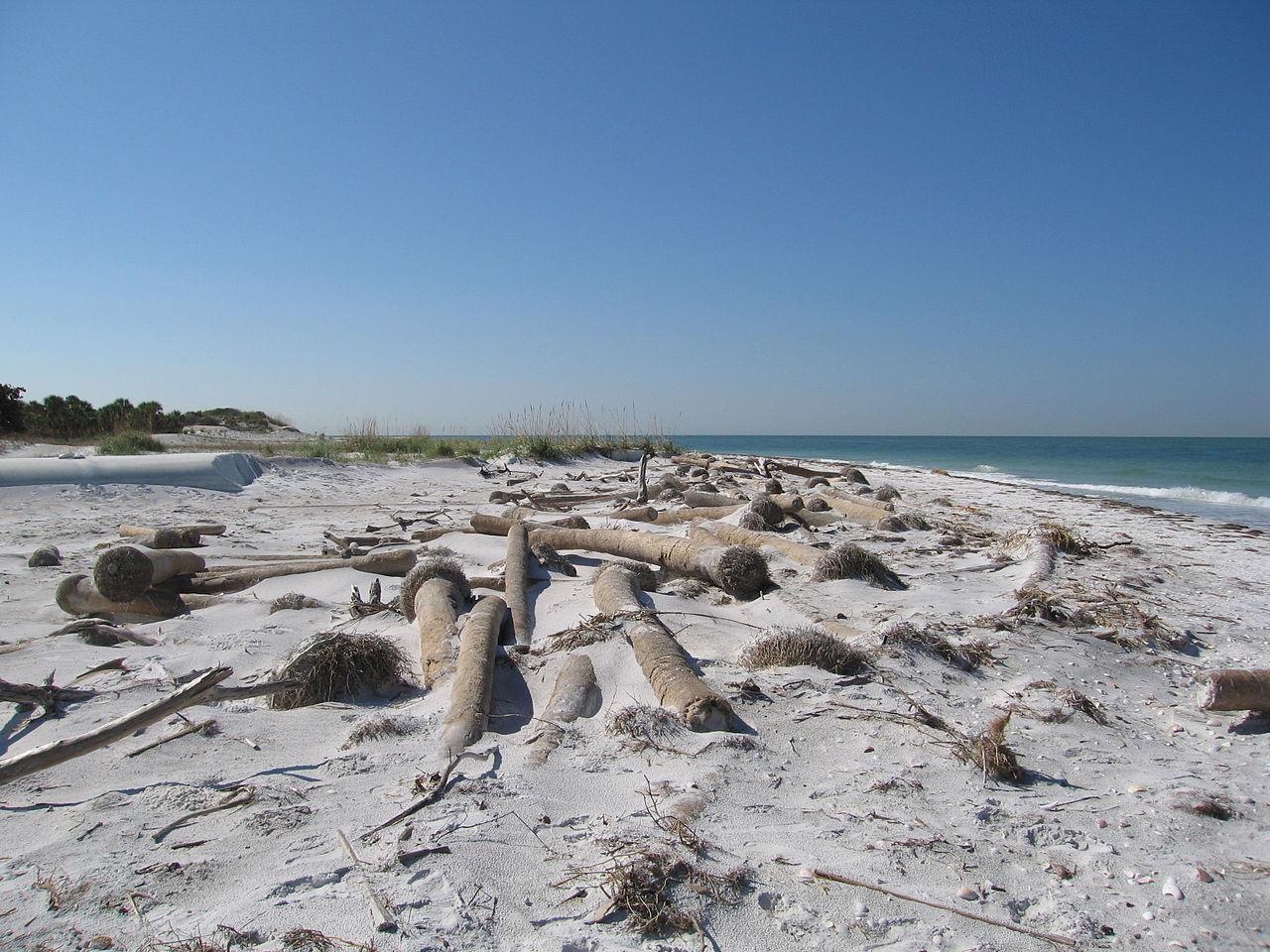
Source: Wikimedia
Compared to other historical sites, its military history certainly sets it apart, and the remains of structures, buildings, and walkways on the island serve as a reminder of the town’s once bustling community.
